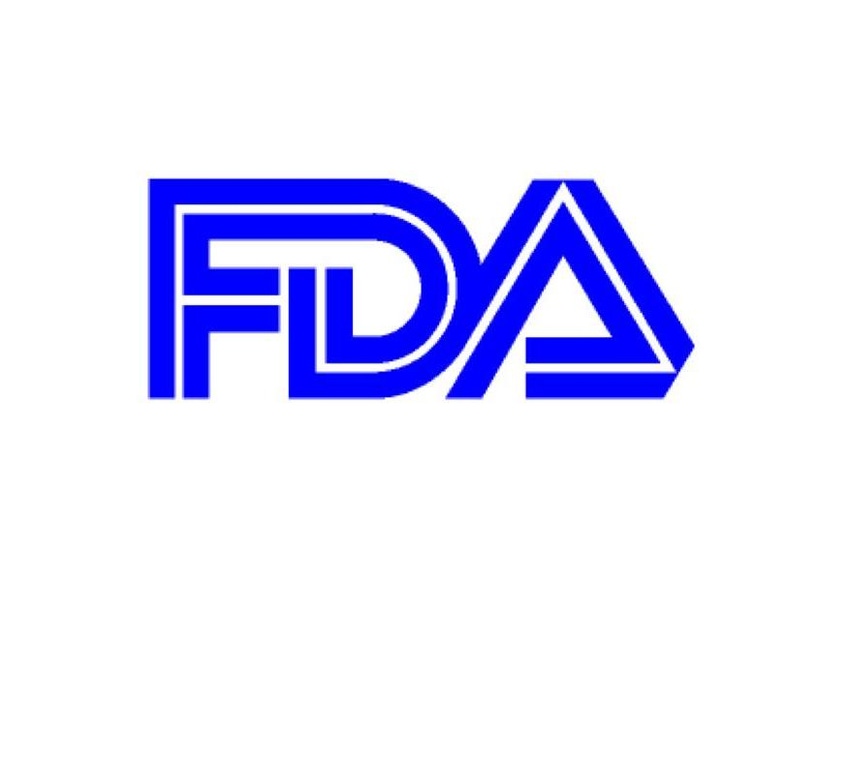Clock is Ticking on Use of Antimicrobials
December 13, 2013

News that the Food and Drug Administration (FDA) is taking steps to help phase out the use of certain antimicrobial drugs as growth promoters in livestock means there’s now a timeframe in place for livestock producers to adjust production practices, says Kansas State University veterinarian Mike Apley.
The guidelines apply to drugs considered “medically important,” which the FDA describes as being important for treating human diseases. Cattle production will be less affected than swine because cattle growth promoters are typically ionophores, which are not considered medically important, says Apley, a professor of clinical sciences in K-State’s College of Veterinary Medicine.
“This news means the clock is ticking. Livestock producers and pharmaceutical companies have three months and three years to get it done,” he says, referring to a three-month comment period, which will be followed by a three-year period for drug companies to voluntarily revise FDA-approved labeled use conditions.
FDA Provides Guidance
He refers to a Dec. 11 announcement (www.fda.gov/NewsEvents/Newsroom/PressAnnouncements/ucm378193.htm) by the FDA called Guidance 213 (GFI 213), which provides guidance for drug companies to voluntarily revise the FDA-approved labeled use conditions to:
• Remove the use of antimicrobial drugs for production purposes;
• Add, where appropriate, scientifically-supported disease treatment control or prevention uses; and
• Change the marketing status from over-the-counter to Veterinary Feed Directive (VFD) for drugs administered through feed or to prescription status for drugs administered through water in order to provide for veterinary oversight or consultation.
In its announcement, the FDA stated that “certain antimicrobials have historically been used in the feed or drinking water of cattle, poultry, hogs and other food animals for production purposes such as using less feed to gain weight. Some of these antimicrobials are important drugs used to treat human infection, prompting concerns about the contribution of this practice to increasing the ability of bacteria and other microbes to resist the effects of the drug. Once antimicrobial resistance occurs, a drug may no longer be as effective in treating various illnesses or infection.”
Like what you’re reading? Subscribe to the National Hog Farmer Weekly Wrap Up newsletter and get the latest news delivered right to your inbox every week!
The new document finalizes guidelines issued last year, Apley says, when the FDA determined that the use of medically important antibiotics for growth promotion is injudicious and will be phased out. The guidelines also specified that all medically important antibiotics administered in feed or water (including milk replacer) will be administered only with veterinary oversight in the form of a VFD.
Apley says FDA officials have been working closely with the American Veterinary Medical Association and also taking comments from stakeholders into consideration in order to develop the guidelines. The guidelines are voluntary, but he expects the pharmaceutical industry to cooperate.
“The FDA [said] on a conference call this week that Zoetis and Elanco have already indicated they would comply with the guidelines,” he says.
Until now, livestock producers could buy and administer antimicrobial drugs in the feed and water to food animals to prevent, control or treat disease, and to improve performance without veterinary oversight. The new rule removes the uses for improving performance and shifts oversight of the remaining uses to veterinarians.
What It Means for Producers
“In swine, our estimates indicate that this will remove about 16% of the use of medically important antibiotics in feed for growing swine,” Apley says, citing studies conducted in the past six years.
“In cattle, the primary growth promotant antibiotic use is with ionophores, which are not considered medically important so the cattle industry will be minimally affected,” he says.
With the use of tetracyclines, he adds, research suggests that low concentrations of antibiotic used for growth promotion is probably the least likely to cause alterations in the intestinal tract, while higher prevention/control concentrations have much more of an altering effect. “We should be clear that this action is about decreasing the use of antibiotics in food animals, not about having clear evidence that growth promotion uses are driving problems in human therapy,” Apley says.
“We have very little knowledge of the relative effect of magnitude and duration of antibiotic exposure on bacterial populations, regardless of some who think they do,” he says. “So, the result is lopping off the most politically acceptable antibiotic use category, with no evidence that it is more, or even as much of a problem than other higher exposures. This is a troubling precedent when we eventually evaluate some prevention and control uses in the future.
“While the new rules mean some antimicrobial drugs will be removed from livestock production, no one should think that it’s removing a substantial amount,” Apley says, adding that “the public perception of the amounts of such drugs used in food animals for growth promotion has been intentionally inflated for purposes of agenda advancement by some groups.”
To help phase in veterinary oversight of drugs that move from over-the-counter to VFD status, the FDA released a proposed rule for public comment that updates its existing regulations relating to VFD drugs. The proposed rule allows for changes to the VFD to attempt to decrease the load on veterinarians and feed mills, the veterinarian says.
More information about the new guidelines is available at www.fda.gov/AnimalVeterinary/GuidanceComplianceEnforcement/GuidanceforIndustry/ucm216939.htm.
You might also like:
FDA Announces Antimicrobial Use Plan
After 70 Years, Antibiotics Still Work
Humans Still Cause the Most Antibiotic Resistance
Future of Antibiotic Use is Clearer
You May Also Like



